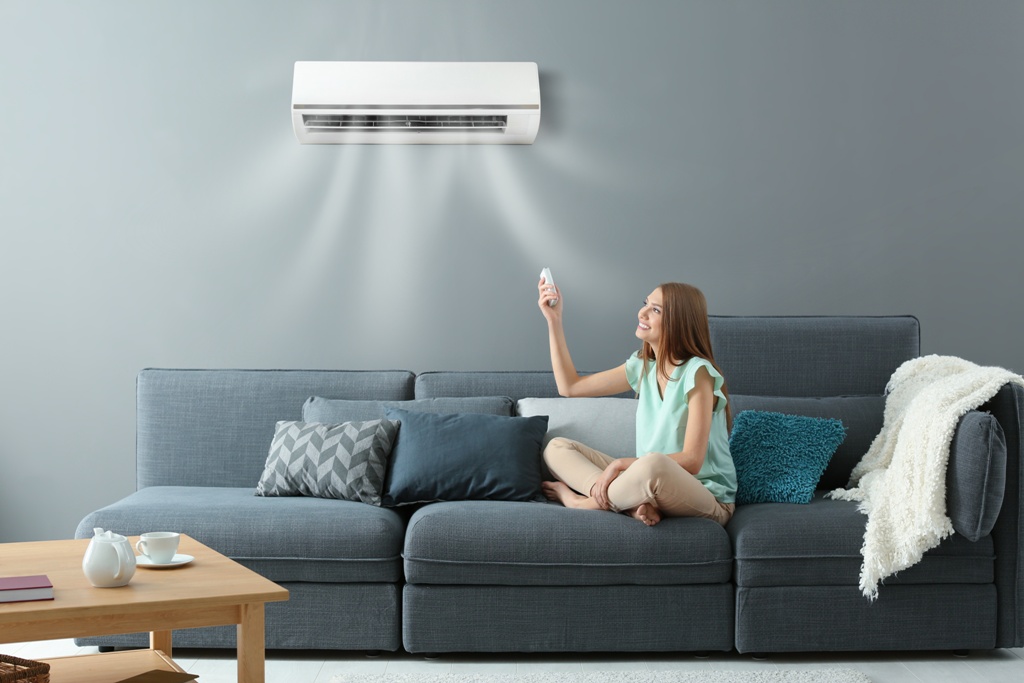
Basic Guide To Understanding Your PTAC Unit
PTAC, or Packaged Terminal Air Conditioner, are units that commercial establishments use to cool and heat spaces. They’re typically found in hotels and multifamily buildings.
Packaged Terminal Air Conditioner units are often installed through the wall permanently, with the exterior grill facing outside and the controls facing the room. One of the unique features of PTACs is their ability to cool and heat vast rooms in a building. If you’re planning to install one in a spacious room in your house, you’ll only need one to do the job.
Although PTACs are becoming an everyday home utility, most people don’t know how they work. This article will discuss some information that you need to know about PTAC units.
Components Of A PTAC Unit
A PTAC unit comprises several components that enable it to perform its functions effectively. With the right product, you can save about 20% on electricity. Companies like PTAC Inc. are renowned for providing high-quality products and services for various establishments. The basic components of a PTAC include:
1. Wall Sleeve: This is a metal sheet or molded plastic mounted on the wall’s opening.
2. Louver: This is found on the exterior side of the wall sleeve. It is used for air intake and exhaust.
3. Chassis: This is made up of other core components such as the compressor, condenser coil, condenser fan, evaporator coil, blower, or indoor fan, among others. It also houses other elements that aid in the PTAC’s core functions.
The chassis also includes a condensate pan that collects condensed water from the evaporator coil and drains it outside. Some PTAC models are equipped with a component called the slinger ring. The slinger ring helps move condensed water from the condenser pan to the condenser coil. This, in turn, evaporates the condensed water to regulate the room’s temperature.
4. Room Cabinet: This is mounted on the interior part of the PTAC unit that users can access and control.
How Does A PTAC Unit Work?
A Packaged Terminal Air Conditioner unit operates on a compressor-based system. The refrigerant is pumped throughout the compressor to cool down to the desired temperature.
The refrigerant cools down the coil, which in turn, exudes heat and forces it outside. The same principle applies to the heating process. The refrigerant heats the coil and pushes the air outside.
The heating process of the PTAC works via heat pumps or electric heat rather than a compressor, as in the cooling process. Heat pumps use four-way valves to modify the cooling process of the refrigerant. This helps to provide heat for people living in areas with temperate climates. Electric heaters are usually quieter and more long-lasting—nonetheless, heat pumps are still more widely used due to their energy-saving abilities.

What Should You Consider When Choosing A Package Terminal Air Conditioner?
Now that you know how a PTAC unit works, here are some things to consider when choosing one:
1. Cost: Package Terminal Air Conditioners are cost-effective as they help you save at least 20% of your electricity expenses. Some units are relatively expensive to install, but are wise options for your budget in the long run.
2. British Thermal Unit: BTUs represent thermal energy, or heat that your PTAC unit can remove from the room. It is typically used in air-conditioning industries and steam generation.
Purchasing a PTAC unit with the right amount of BTU is crucial. The right amount of BTU varies according to the size of the room—and the wrong one can shorten the lifespan of your unit. Ask your service provider about the right BTU for your room size.
3. Plug Types: Pay attention to the plug type your unit needs. The three options for amperage include 15amp, 20 amp, and 30 amp. You must consider the plug type and outlet in determining the location to install your unit.
4. EER and SEER Ratings: EER stands for Energy Efficiency Ratio, and SEER refers to Seasonal Energy Efficiency Ratio. The ratings determine the efficiency of the unit in giving you the comfort you need—whether it be for cooling or heating.
5. Two-Fan System: A PTAC unit either comes with one or two fans. This is something to consider, as a two-fan system is always quieter than a one-fan system.
6. Drain Kit: Drain kits are not compulsory but necessary to prevent excess condensed water from spilling. These kits work with a hose so that you can change the direction of the excess moisture.
7. Remote Thermostats: Remote Thermostats are convenient for controlling your unit and customizing its settings. Some PTAC units also come with wall-mounted thermostats. Your choice solely depends on your preference and budget.
Conclusion
Packaged Terminal Air Conditioners are easy to install and maintain. They are also worth the bucks as they have a long lifespan. Now that you know how these units work, it is wise to purchase one for your establishment.
Moreover, if you want to heat your living space efficiently in a more cost-effective way, a PTAC unit also works well for that purpose. These units are not just for hotels and bigger establishments, but also for smaller buildings that need them.




